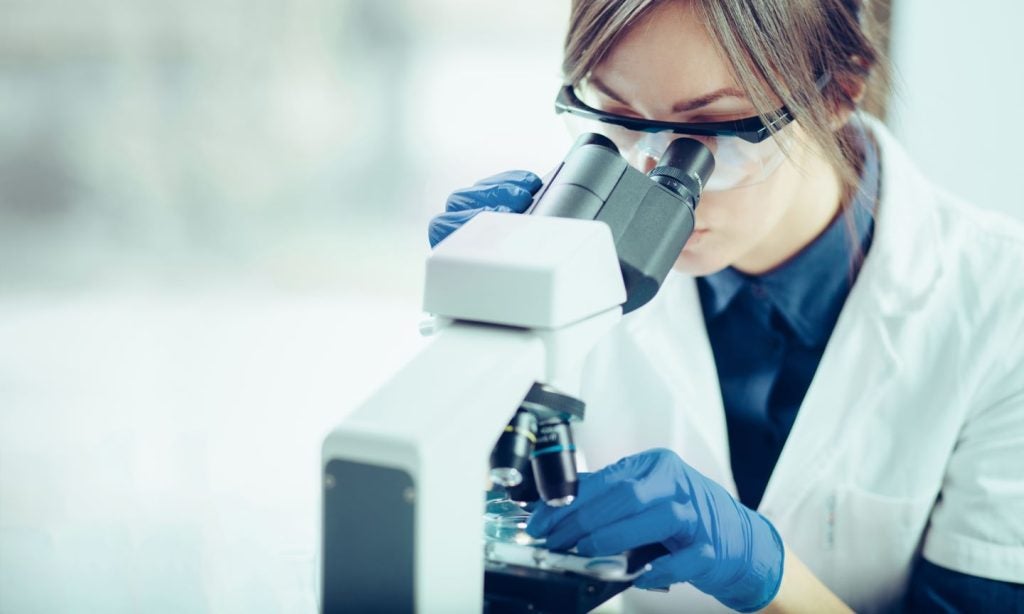Endometriosis is a gynaecological disorder characterised by growth of endometrial tissue (tissue lining the uterus) in unusual locations, such as the ovaries. It can be extremely painful, and is a common cause of infertility.
The disorder is very common, affecting 5–10% of reproductive-age women, yet huge numbers of these patients are going without treatment.
In the UK, it takes women an average of 7.5 years to receive a diagnosis from first seeing a doctor about their symptoms, during which time symptoms may worsen, with debilitating impacts on quality of life.
But living with endometriosis can be a major struggle even for those who have been diagnosed. Treatment options are limited and typically involve repeated surgeries or hormonal therapies, with many side-effects. Hormonal therapies are also unsuitable for women who want to become pregnant, as they disrupt the menstrual cycle.

How well do you really know your competitors?
Access the most comprehensive Company Profiles on the market, powered by GlobalData. Save hours of research. Gain competitive edge.

Thank you!
Your download email will arrive shortly
Not ready to buy yet? Download a free sample
We are confident about the unique quality of our Company Profiles. However, we want you to make the most beneficial decision for your business, so we offer a free sample that you can download by submitting the below form
By GlobalDataWhile few new therapies have reached the market in recent decades, analysis of the endometriosis pipeline suggests this could be set to change in the future. Although only 50 products are in development worldwide, the pipeline is relatively diverse, with a range of molecule types and molecular targets represented.
Additionally, across the women’s health pipeline, half of the most innovative products – those that act on proteins not targeted by any currently marketed product – are in development for endometriosis.
The pipeline also includes several products with a predominately non-hormonal mechanism of action, a key unmet need in this area.








